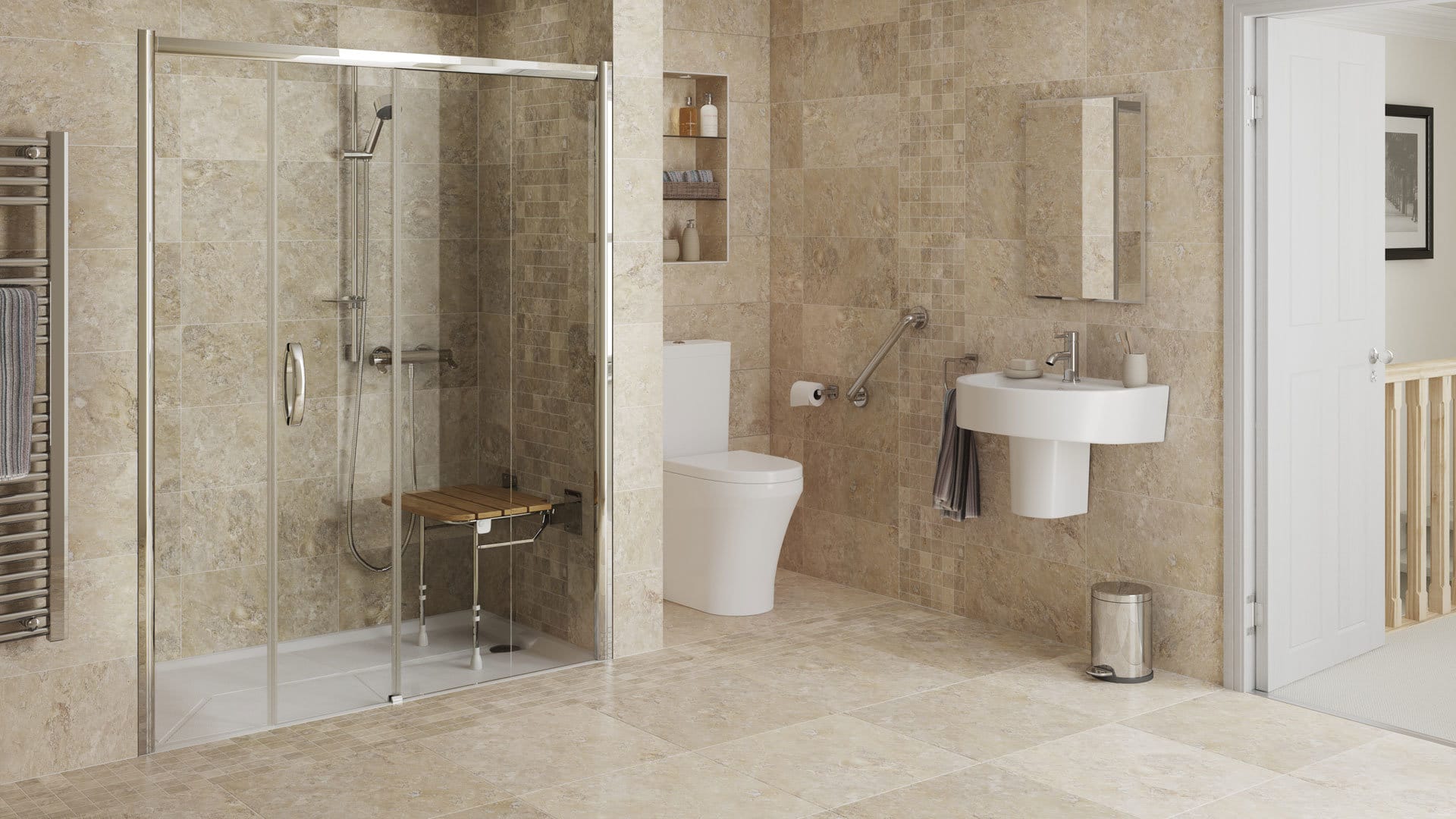Designing a Safe and Accessible Bathroom for Individuals with Mobility Issues

Designing a Safe and Accessible Bathroom for Individuals with Mobility Issues
Designing a safe and accessible bathroom for individuals with mobility issues is an extremely important yet often overlooked area of focus for any home renovation or new construction project. People of all physical abilities should have access to a safe and comfortable bathroom regardless of their mobility issues. This article explores the considerations involved in designing a safe and accessible bathroom for individuals with mobility issues, including the importance of recognizing their unique needs and offering solutions that are inclusively designed with their physical needs in mind.
Accessibility is an key factor to consider when creating a bathroom designed for individuals with mobility issues. Having elements in place such as grab bars, wheelchair-accessible sinks, proper flooring, and clear pathways allows for a safe and accessible environment (Phillips and Smith). Care must be taken to ensure all elements are properly suited for the person utilizing the space and are not one-sided (Forbes and Lockwood). Properly accounting for the individual's specific needs, such as installation of ramps instead of stairs for wheelchair users, is also essential to creating an environment suited for everyone. Taking the right steps to provide the right elements will ensure safe and accessible bathroom for those with mobility issues.
Accessibility is paramount when designing a bathroom to be safe and accessible for those with mobility issues. It is essential to select fixtures, accessories, and other elements that are equal in order to best serve the users. All elements should be taken into account, such as door handles, showers, toilets, seating, and general width of the bathroom itself. It is important to think ahead and provide thoughtful designs upfront to ensure an optimal user experience. According to the U.S. Department of Labor, “accessibility should consider the needs of users through the life cycle, from small children to the elderly” (para. 2). If a bathroom is designed with this in mind, it can go a long way towards ensuring a safe and accessible environment for all users.
When people with mobility issues look to make a bathroom safe and accessible, it is important to ensure that all of the necessary features are presented and supported in an equal manner. Such features may include, but are not limited to, ample space to maneuver, lever handles on sinks and toilets, grab bars, and a no-step entrance (Brophy). Making sure that all of the requirements are met on a level playing field can help to create an inviting environment for guests. Furthermore, it is also important to make sure that the bathroom is kept clean and maintained regularly to help prevent any potential problems from arising (“Accessible Bathroom Design”). It is crucial to keep in mind both the safety and accessibility needs of those with mobility issues when designing or modifying a bathroom.
Designing a bathroom for individuals with mobility concerns is often overlooked by designers. This can be due to issues such as cost and lack of awareness. A 2019 study conducted by Flicker et al. found that 80% of 200 surveyed interior designers had not received any formal training in addressing individuals with mobility needs when creating a bathroom design (2). This lack of knowledge often results in a lack of attention towards creating a safe and accessible bathroom for individuals with mobility issues. Therefore, it is important for designers to receive formal instruction when creating a space that must comply with accessibility standards. Flicker et al. concludes that, "As these professionals continue to enter the healthcare design world, they should receive instruction and education to learn best practices" (2).
Designing a safe and accessible bathroom for individuals with mobility issues is an important step towards creating a more inclusive and welcoming living environment. By properly considering elements such as the height of fixtures, access to controls and easy entry and egress, we can promote independence and comfort while maintaining safety standards. Although the cost of doing so may be higher than traditional bathroom design, in the long run it can improve the wellbeing of those with mobility issues. With the right planning and implementation, an accessible bathroom can become not only a functioning space, but an inviting and empowering one.
References:
“Accessible Bathroom Design.” Senior Living. 29 July 2019, www.seniorliving.org/residences/accessible-bathro...
Brophy, Mary. “Tips for Designing an Accessible Bathroom.” Myria, myria.com/tips-for-designing-an-accessible-bathroom.
Flicker, Samuel H., et al. "Interior Designers' Knowledge and Practices Regarding ADA Accessibility Guidelines in the Design of Restrooms." Health Environments Research and Design Journal, vol. 12, no. 2, 2019, pp. 127–143.
Phillips, Rachel, and Amy Smith. “5 Tips For Designing An Accessible Commercial Bathroom.” Nylon, Nylon, 6 Dec. 2019, nylon.com/articles/accessible-commercial-bathroom.
Forbes, Abigail, and Cheryl Lockwood. “Planning A Barrier-Free Bathroom.” Town & Country, Town & Country, 27 Mar. 2019, www.townandcountrymag.com/leisure/arts-and-cultur...
Recent Posts
-
Understanding Blood Pressure: A Senior's Guide to Monitoring Health
Understanding Blood Pressure: A Senior's Guide to Monitoring HealthIn today's fast-paced world, prio …Jul 12th 2022 -
Medical Furniture for Virtual Consultations: A Growing Trend
Medical Furniture for Virtual Consultations: A Growing Trend As we are all familiar with the ri …Sep 14th 2021 -
10 Easy Ways to Improve Bathroom Safety for Seniors
10 Easy Ways to Improve Bathroom Safety for Seniors As a society, it is important for us to tak …Aug 11th 2021
